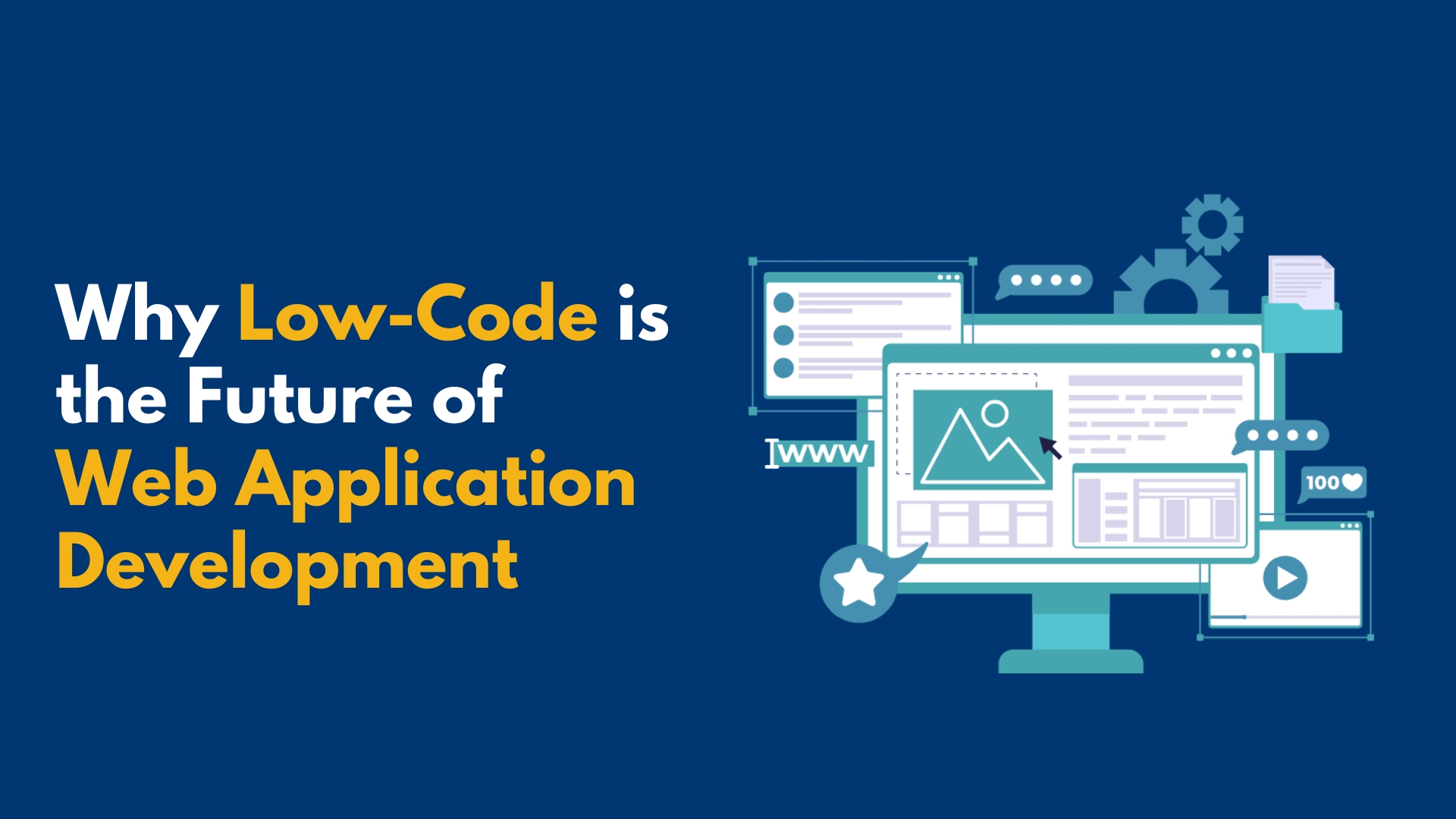Data is at the heart of every successful business in today’s fast-evolving digital world. Whether improving customer experience, streamlining operations, or driving innovation, data is critical to unlocking new opportunities. However, managing large-scale data efficiently and securely has always been a challenge. That’s where Snowflake steps in, revolutionizing how organizations handle and analyze data in the cloud.
What is Snowflake?

Snowflake is a cloud-native data platform designed to solve the challenges of traditional data warehouses and big data platforms. It enables businesses to easily store, manage, and analyze data without the complexity and overhead of conventional data management systems. Unlike traditional databases, which often struggle with scale, speed, and flexibility, Snowflake was built from the ground up to take advantage of the cloud’s limitless storage and computing capabilities. Snowflake data-sharing capabilities also provide a unique advantage, allowing organizations to share data seamlessly across multiple platforms and users.
Key Features of Snowflake
Snowflake stands out from other cloud-based solutions because of its unique architecture and powerful capabilities. Here’s why Snowflake is a game-changer:
- Separation of Storage and Compute: Traditional data warehouses combine storage and compute resources, meaning you must scale them together even if you don’t need both. Snowflake separates the two, allowing businesses to scale storage independently from computing. This means you only pay for the storage and processing power you need, optimizing costs and improving efficiency.
- Multi-Cloud Support: Snowflake is cloud-agnostic, meaning it can run on all major cloud platforms, including Amazon Web Services (AWS), Microsoft Azure, and Google Cloud Platform (GCP). This flexibility allows businesses to choose the best cloud provider and even run Snowflake across multiple clouds for enhanced resilience and redundancy.
- Auto-Scaling & Auto-Suspend: Snowflake automatically scales up and down based on workload demands. This ensures that you always have the right resources available without manual intervention. The platform also suspends unused compute clusters to save costs when not in use, making it highly efficient.
- Secure Data Sharing: Snowflake offers Secure Data Sharing, which allows you to share data across organizations in real time without physically copying or transferring data. Snowflake data sharing significantly benefits cross-departmental and external partner collaboration, giving businesses an edge in today’s fast-paced environment.
- Time Travel and Data Cloning: Snowflake’s time travel feature allows users to access and query historical data anytime. This feature is perfect for auditing, debugging, or recovering lost data. Data Cloning allows you to instantly create zero-copy clones of entire databases, enabling fast testing and development.
- Near-Unlimited Concurrency: Snowflake’s multi-cluster architecture ensures that multiple users and teams can query the database simultaneously without any performance bottlenecks. This is crucial for businesses with large teams that need real-time access to data for decision-making.
- Built-In Security: Snowflake provides end-to-end encryption, multi-factor authentication, and role-based access control. It complies with HIPAA, GDPR, and SOC 2 security standards, ensuring data safety.

Performance and Scalability:
Traditional databases often need help with performance when data volumes grow, as they are not inherently designed for cloud scalability. Snowflake, on the other hand, was built with elasticity in mind. It can handle virtually unlimited amounts of data without sacrificing performance, making it perfect for businesses dealing with large datasets or spikes in usage.
Cost Efficiency:
Many traditional databases require significant upfront investments in hardware and software licenses and ongoing maintenance costs. Snowflake’s pay-as-you-go model means that businesses only pay for the resources they use, with no hidden fees. This makes Snowflake more cost-effective for organizations of all sizes, especially startups and mid-sized enterprises.
Ease of Use:
Snowflake’s user-friendly interface and seamless integration with various data tools and platforms reduce the complexity of managing and querying data. Unlike older systems that may require dedicated DBAs, Snowflake’s intuitive design allows data engineers, analysts, and even non-technical users to work with data more efficiently.
| Feature | Snowflake | Amazon Redshift | Google BigQuery | Microsoft Azure Synapse |
| Architecture | Compute and storage are separated for independent scaling | Compute and storage are tightly coupled | Serverless, but compute and storage are tied | Compute and storage are not fully independent |
| Performance Scaling | Auto-scaling with dynamic resource allocation | Requires manual scaling and tuning | Scales automatically, but can become costly with large queries | Manual scaling, needs fine-tuning for optimal performance |
| Cost Model | Pay-per-use for compute and storage | Charged per hour of usage, even when idle | Pay-per-query, which can be costly for large datasets | Pay-per-use but can be more expensive for larger workloads |
| Cloud Flexibility | Supports AWS, Azure, and Google Cloud | AWS only | Google Cloud only | Azure only |
| Data Sharing | Real-time, seamless sharing across organizations | Limited sharing features, manual setup required | Limited sharing options | More manual effort for data sharing across databases |
| Time Travel | Supports querying past data over a retention window | Not available | Not available | Not available |
| Semi-Structured Data | Native support for JSON, Avro, Parquet, ORC | Requires additional tools | Limited support for semi-structured data | Requires additional services |
| Replication | Cross-region and cross-cloud replication | Cross-region only | No replication | Cross-region replication supported |
| Security | End-to-end encryption, compliant with HIPAA, GDPR, SOC 2 | High security, but AWS-centric | Strong security, Google Cloud-specific | Integrated with Azure security suite |
Why Businesses Choose Snowflake
- Elastic Scalability: Snowflake’s architecture allows users to scale computing power and storage independently, ensuring cost savings and performance efficiency.
- Cost Efficiency: The pay-per-second billing model ensures you only pay for the resources you use, minimizing waste. This is especially helpful for companies with variable workloads.
- Cross-Cloud Flexibility: Unlike competitors tied to a specific cloud provider, Snowflake’s multi-cloud capability allows businesses to integrate their data operations seamlessly across multiple platforms.
- Advanced Collaboration: Snowflake’s secure data-sharing and data marketplace features make collaboration safe and straightforward both within and outside the organization.
- Minimal Maintenance: Snowflake reduces the need for manual database management with automatic performance optimization, data clustering, and maintenance features like Time Travel and Zero Copy Cloning.
Conclusion
Snowflake’s unique cloud-native architecture, scalability, multi-cloud support, and advanced features like Zero Copy Cloning and Time Travel make it a standout choice for businesses seeking a modern data platform. The platform’s cost efficiency, security, and user-friendly interface are vital reasons businesses choose Snowflake over competitors like Amazon Redshift, Google BigQuery, and Microsoft Azure SQL.
Whether you’re managing large data workloads, collaborating across teams, or looking for a secure and flexible data solution, Snowflake is designed to meet your needs now and in the future.







